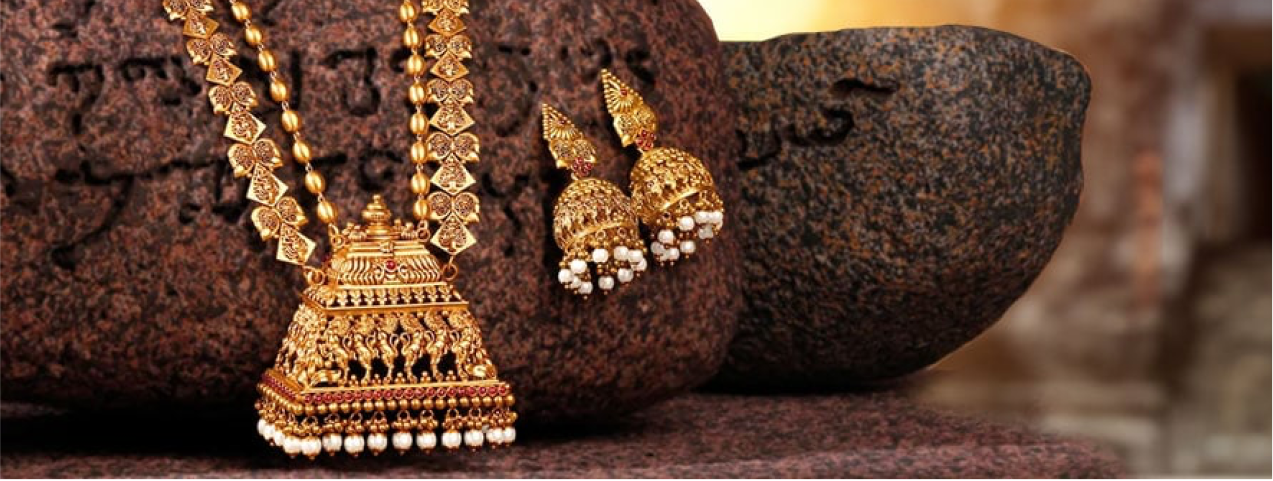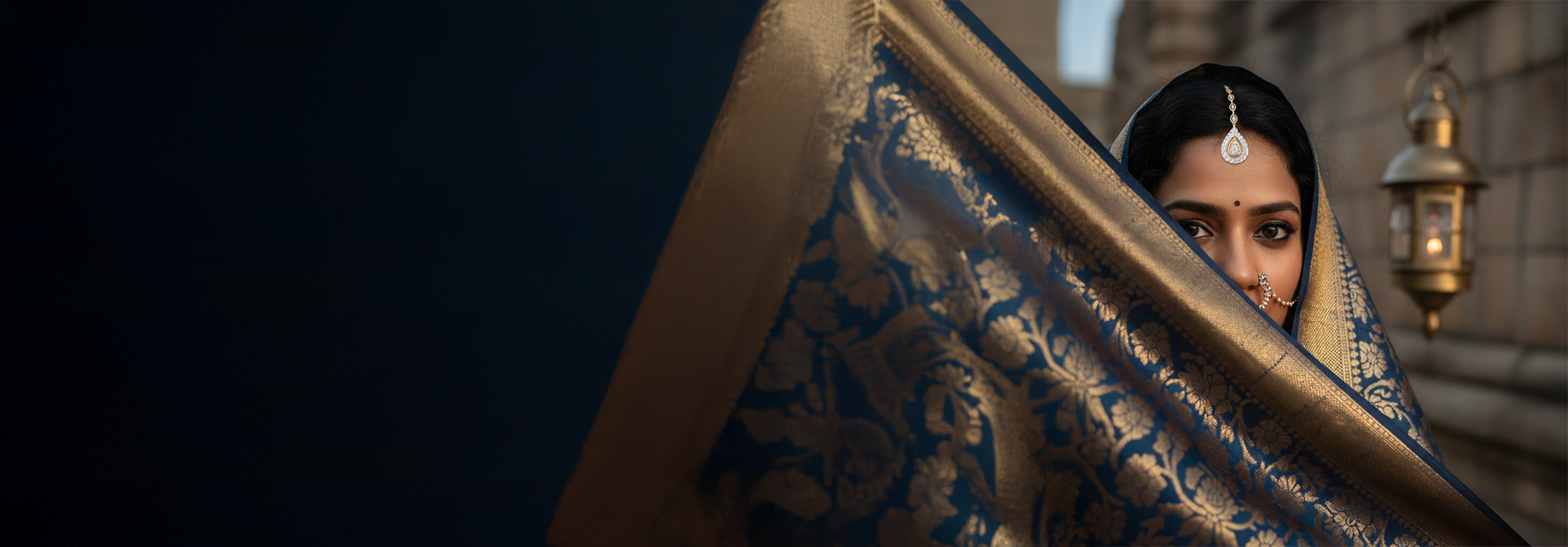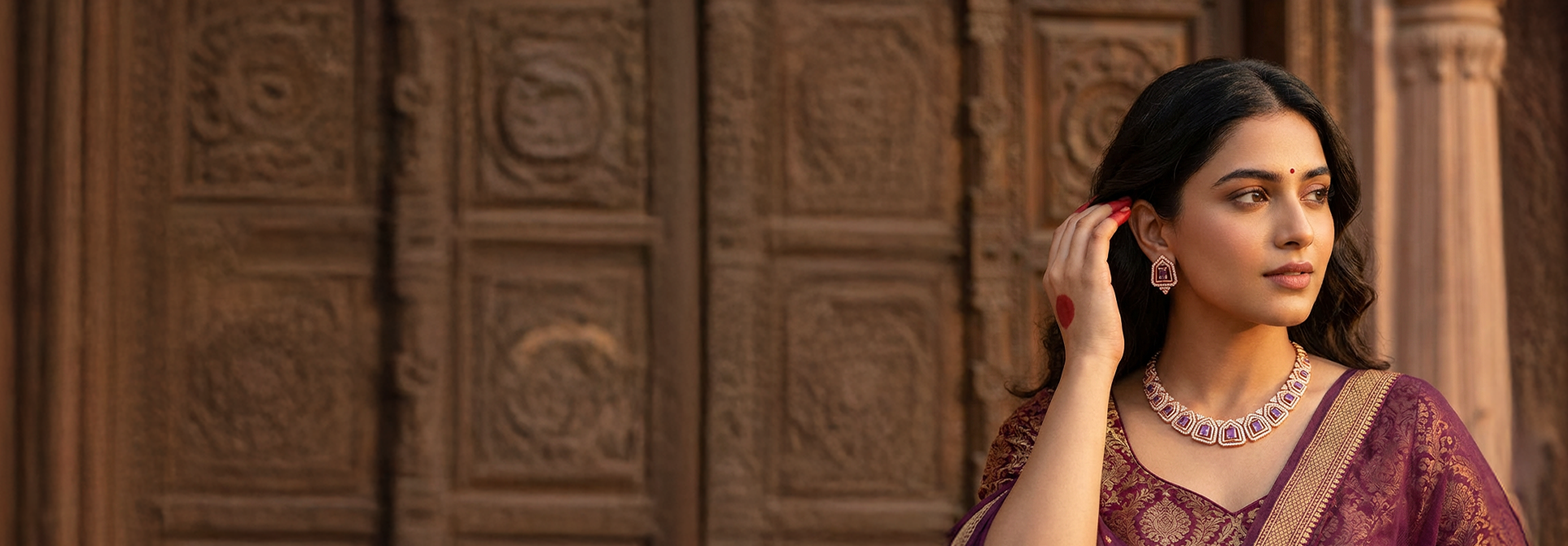When it comes to weddings in India, a Gujarati wedding is one that is unmissable. Rooted in rich customs and vibrant rituals, Gujarati weddings are known for their lively ambiance, colourful attire, and warm hospitality. Each ritual is a beautiful amalgamation of joy, spirituality, and family bonding. In this article, we explore the most important Gujarati wedding rituals that make these ceremonies unique and memorable.
Pre-Wedding Rituals
Chandlo Matli And Gol Dhana
The Gujarati wedding journey begins with the Chandlo Matli ceremony. This is where the groom’s family visits the bride’s home to present her with gifts, sweets, and a traditional clay pot called matli. This symbolizes acceptance of the proposal and marks the beginning of the wedding festivities. The Gol Dhana follows, where the bride’s family reciprocates with clothes, Gujarati bridal jewellery, and cash.
Pithi / Haldi Ceremony
One of the most fun pre-wedding rituals, the Pithi ceremony is where turmeric, sandalwood, and rosewater paste are applied to both bride and groom. This is said to enhance their beauty and bless them with glowing skin for the wedding day.
Mehndi (Henna) Ceremony
The Mehndi ceremony involves applying intricate henna designs to the bride’s hands and feet, symbolising love and prosperity. During this occasion, the bride and her family wear their best attire and jewellery including classic Gujarati earrings design like small nose pins and jhumkas. For this occasion, the bride can enhance her beauty with the exquisite Layered Floral Necklace Set from Tanishq, blending tradition with elegance.
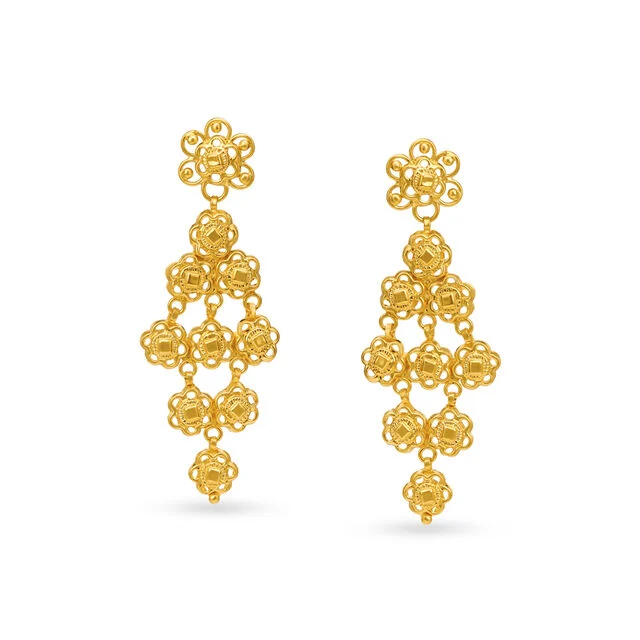
Mandap Mahurat & Ganesh Puja
The Mandap Mahurat, held a day before the wedding, sees the construction of the wedding mandap and a ceremonial Ganesh Puja to seek Lord Ganesha’s blessings – remover of obstacles and bringer of good fortune.
Garba & Sangeet
Filled with music, dance, and joy, the Garba and Sangeet are vibrant pre-wedding festivities. For the bride to look her best, planning her Gujarati wedding look including her jewellery in advance is essential.
Main Wedding Day Rituals
Baraat & Ponkhana
The groom’s grand entry in the Baraat is greeted with the playful Ponkhana ritual by the bride’s mother, symbolising bittersweet reluctance to let go.
Kanya Agman (Bride’s Arrival)
The arrival of the bride, considered the embodiment of Goddess Lakshmi, brings prosperity and abundance.
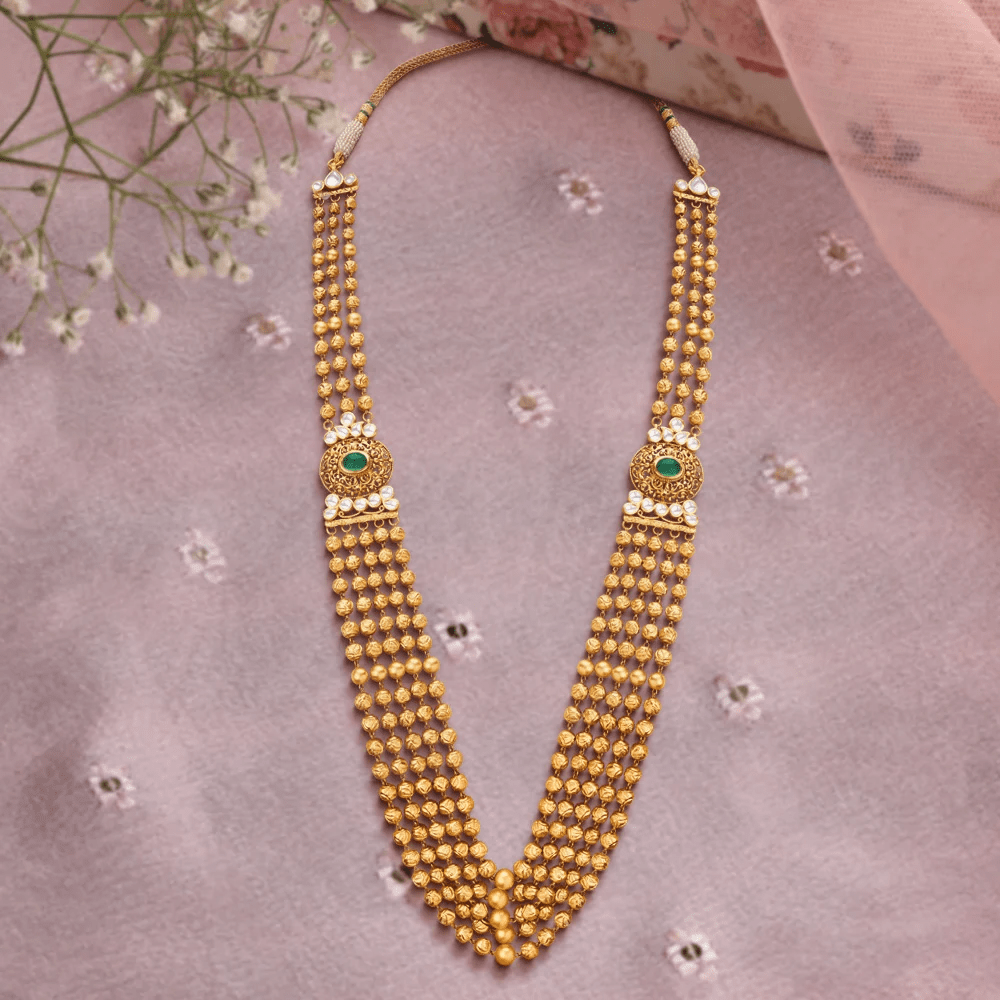
Jaimala (Exchange of Garlands)
The exchange of floral garlands is a culturally vibrant moment symbolising acceptance. The bride’s grandeur can be magnificently complemented by the Surreal Mohanmala Haram, offering a perfect balance of tradition and regal splendor.
Madhuparka
The bride’s father offers the groom a mixture of honey, yoghurt, and ghee as a gesture of welcome and respect.
Kanya Daan
A deeply emotional gift of the bride by her parents, performed with prayers and blessings. The Nature Inspired Jadtar Bangle adds symbolic beauty to this sacred moment, reflecting timeless tradition and exquisite craftsmanship.
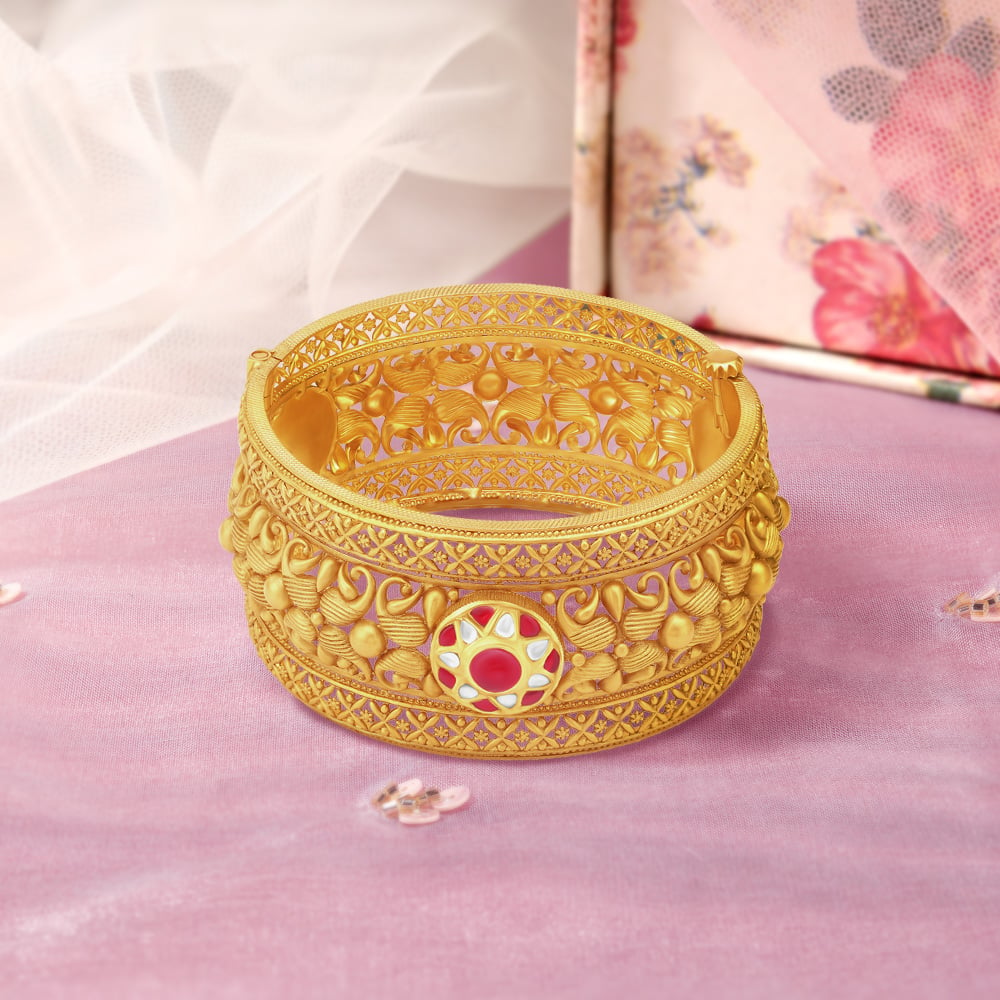
Hasta Melap & Mangal Fera
The couple’s hands are tied together in the Hasta Melap, followed by seven rounds of the Mangal Fera around the holy fire.
Antarpat (Curtain Ritual)
A symbolic curtain separates the bride and groom during the wedding’s initial stages, representing the boundary between past single lives and their future together.
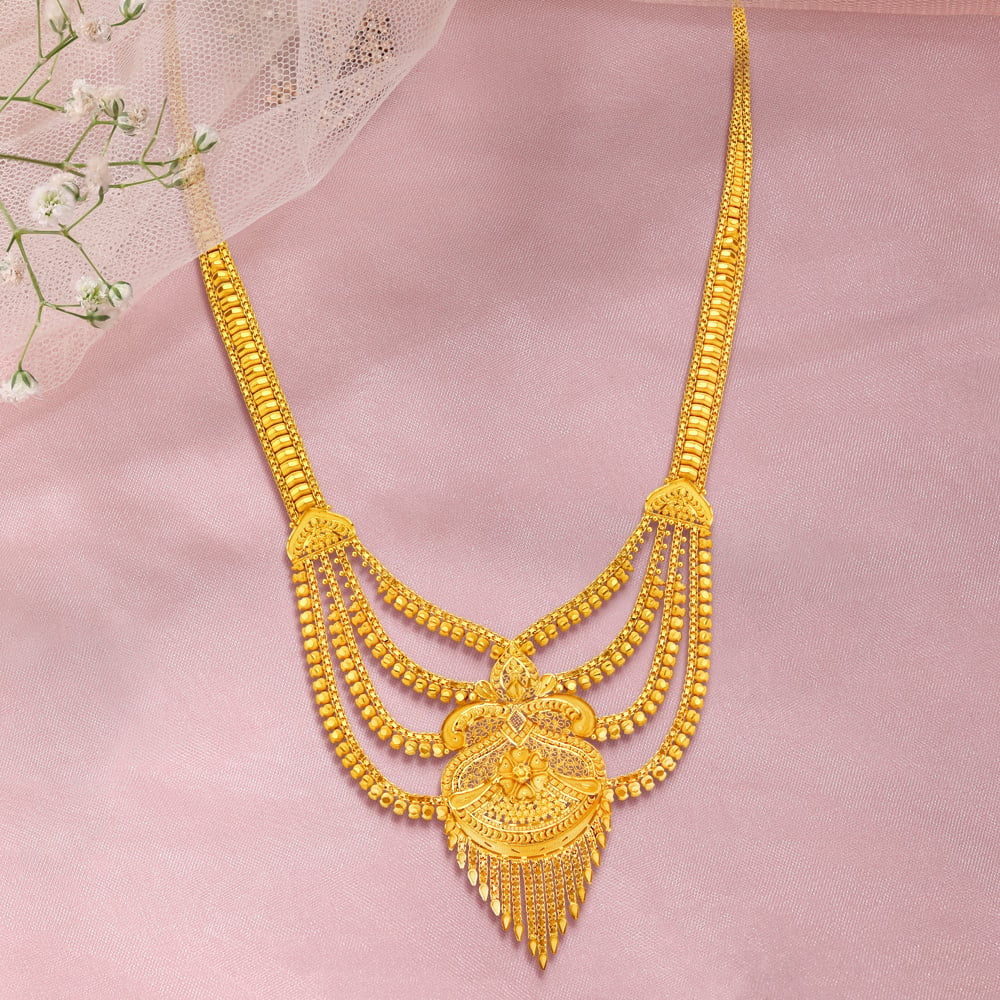
Saptapadi
The couple takes seven steps together, taking sacred vows representing their shared journey of life. The Stately Layered Rani Haram is an exquisite ornament that perfectly adorns the bride during this final and significant ritual, epitomising grace and tradition.
Post-Wedding Rituals
Vidaai (Farewell)
A poignant farewell where the bride leaves her parental home amid tears and blessings to begin a new life.
Griha Pravesh
Upon arrival at the groom’s home, the bride is welcomed with aarti and flower petals, symbolising acceptance into the family.
Choosing Jewellery That Matches Rituals & Outfit
Key Jewellery pieces
Necklaces, nose pins, and earrings are essential to complete the traditional Gujarati bridal look.
- Iconic pieces like the Gujarati nose pin and Gujarati mangalsutra design hold special meaning.
- Combining these with premium gold ornaments for ladies creates an ensemble radiating heritage and beauty.
Conclusion
Gujarati weddings are vibrant celebrations rich with cultural significance and familial love. Each ritual – from the energetic Garba to the solemn Saptapadi – consolidates not just the union of two individuals but the bond of two families. For the traditional Gujarati bride, her attire and especially her jewellery play a crucial role in embodying beauty and heritage. Tanishq’s exquisite collections of bridal and traditional Gujarati gold jewellery designs guarantee she shines on this memorable day.
Tanishq Tip:
Begin jewellery planning early to ensure seamless harmony with your wedding rituals. Choose layered necklaces and elegant bangles that marry tradition with timeless style.
Frequently Asked Questions
Bridal jewellery for traditional Gujarati weddings often features highly intricate designs and textures, while including impressivepieces like the mathapatti and jadau.
Jewellery is essential, symbolizing auspiciousness, prosperity, and complementing the traditional bride’s look.
Necklaces, nose pins, jhumkas, mangalsutra, and bangles are must-haves for a complete bridal look.

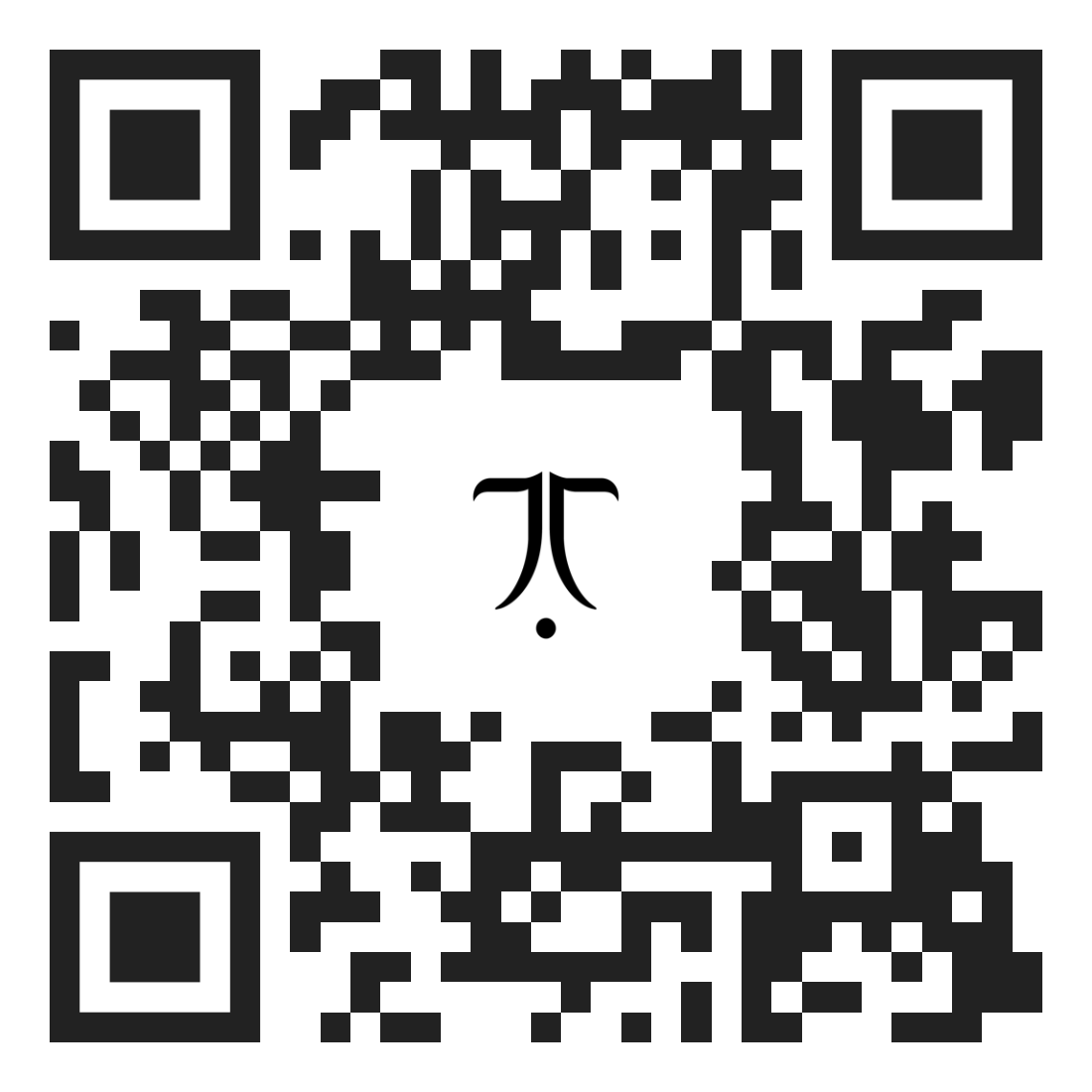 GET THE APP
GET THE APP


